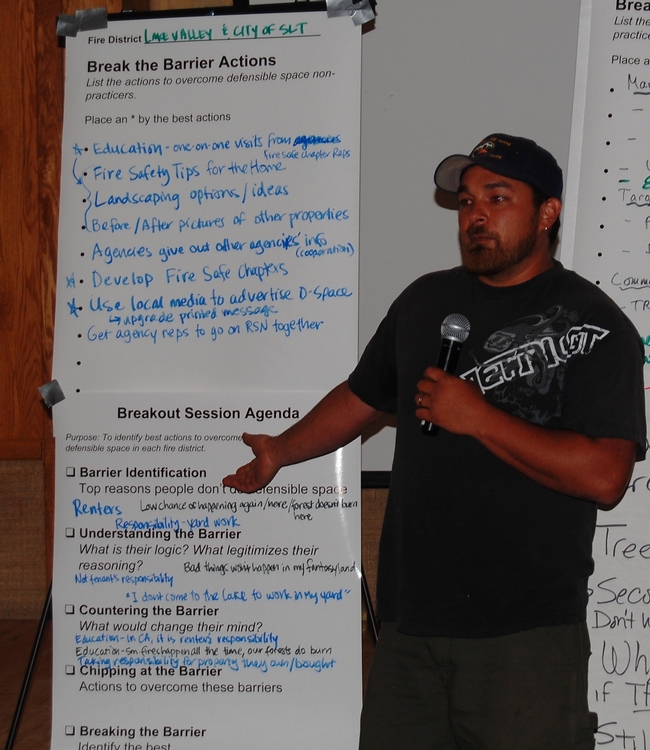Upcoming UCANR Oak Management Webinar Series
/UC Agriculture and Natural Resources will be hosting a series of webinars and field trips regarding management planning for oak woodlands during this spring. See below for more information (text taken from UCANR's Oak Woodland Management website):
Planner's Guidelines for Oak Woodlands
 A series of lectures will be presented on the concepts in the ANR publication, “A Planner’s Guide for Oak Woodlands” (UC ANR Publication 3491). The goal will be to create an awareness of the ecological, economic and social values of California’s oak woodlands, and some general planning strategies to ensure long-term conservation of this resource. The selected audience includes city, county, regional and statewide planners, environmental consultants, conservation organizations, land trusts, resource professionals, elected officials, and NGO’s.
A series of lectures will be presented on the concepts in the ANR publication, “A Planner’s Guide for Oak Woodlands” (UC ANR Publication 3491). The goal will be to create an awareness of the ecological, economic and social values of California’s oak woodlands, and some general planning strategies to ensure long-term conservation of this resource. The selected audience includes city, county, regional and statewide planners, environmental consultants, conservation organizations, land trusts, resource professionals, elected officials, and NGO’s.
A four part series of 2-hour lectures will be offered on-line through a link to Adobe Connect. Publicity will be via lists of local planners, professional resource managers and general oak interest groups, as well as press releases. The series will be taped and a link to the taped webinar series will be provided for those who are unable to participate on the date and time of the live broadcast. There will also be a weekend field trip to Hopland and/or Sierra Research and Extension Centers at the end of the series. Participants will register for the webinar and pay a nominal fee ($30) to receive a copy of the publication, ”A Planner’s Guide for Oak Woodlands” and to cover incidental production fees. A social network site will be developed to enhance the sharing of information, and to provide follow-up networking opportunities. Following the completion of the series, surveys of participants will determine the program effectiveness, and planning activities implemented.
The sessions will be on March 8, 15, 22, and 29, 2012. The topics per session include:
March 8-Session 1: Overview of Hardwood Rangeland Resource
March 15-Session 2: Land Management Strategies
March 22-Session 3: Planning Strategies
March 29-Session 4: Sources of Assistance, Developing Plans
Session 5 includes an optional field trip to the Hopland Research and Extension Center on April 21,2012 and to the Sierra Foothill Research and Extension Center on May 5, 2012 from 10 am to 3 pm. The trip will discuss oak planting projects, landscape considerations, mitigation approaches, and addressing ecological functionality through the planning process.
Here's the LINK to the publication:
"A Planner's Guide to Oak Woodlands:"
REGISTER FOR THIS WEBINAR
HERE!
























